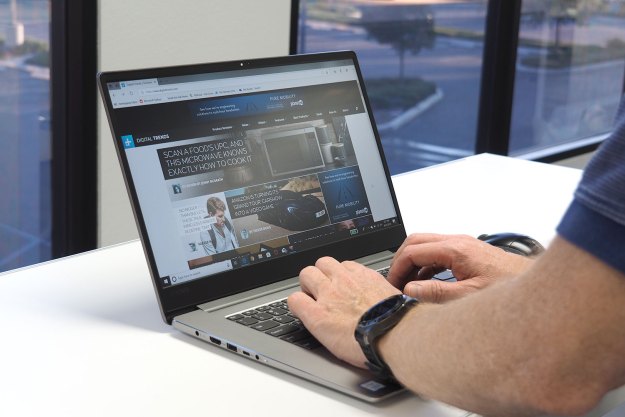Between spam, social networking, chain letters, lolcats, karaoke videos and a million other Internet memes that certainly can’t be classified as “useful,” it’s not much of a stretch to say that a much of the Internet is full of…manure. Now HP Labs has outlined a way companies could use manure to power their data centers. In a research paper presented to the ASME International Conference on Energy Sustainability, HP outlines how the manure output of dairy farms can be used with the heat output of data centers to create an economically viable—and environmentally sustainable—system that can power data centers.

“The idea of using animal waste to generate energy has been around for centuries, with manure being used every day in remote villages to generate heat for cooking,” said Tom Christian, HP’s principal research scientist at its Sustainable IT Ecosystem Lab, in a statement. “The new idea that we are presenting in this research is to create a symbiotic relationship between farms and the IT ecosystem that can benefit the farm, the data center, and the environment.”
A typical dairy cow produced about 120 pounds of manure a day, which can generate about 3 kWh of electrical energy—that in itself isn’t a huge amount, but once you start throwing more cows into the equation the numbers add up fast. HP outlines how a farm with about 10,000 dairy cows could generate enough electricity to power a medium-sized data center—that’s about 1 megawatt—and still have enough power left over to run the farm. In a neat move, the heat generated by all the servers in the data centers gets used to accelerate the anaerobic digestion of the manure; that, in turn, amps up the rate of methane production. By using the methane for to power and cool a data center, the process means less methane gets released into the atmosphere as a greenhouse gasses, and fewer pollutants are produced by flaring off methane.
What’s more, dairy farmers might be able to make a profit from powering data centers: HP estimates that the system would break even for dairy farmers within two years, and then start generating about $2 million a year in revenue by selling power to data center customers.


